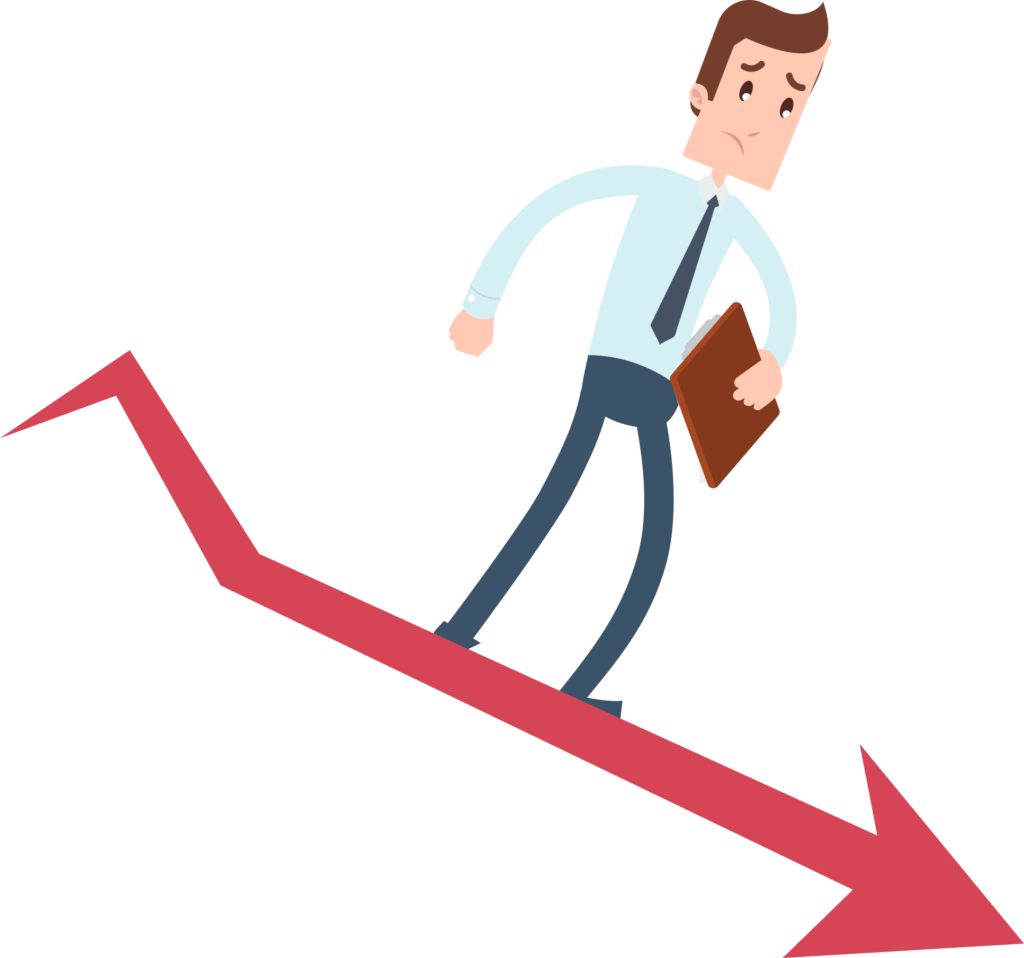Managing Financial Distress for Your Business: Understanding Bankruptcy Options in Canada
If your business is experiencing financial losses and you’re struggling to balance expenses and revenue, it’s time to take a step back and assess your situation. Bankruptcy may seem like the only option, but before you make any decisions, it’s crucial to understand the process and implications of declaring bankruptcy in Canada.
There are various strategies you can explore, including filing for protection from creditors and achieving a clean financial slate. To initiate the bankruptcy process in Canada, you will need to gather all your financial information, such as bank statements, mortgage agreements, and credit documents, and consult with a Licensed Insolvency Trustee (LIT). They are the only professionals authorized and regulated to handle insolvencies bankruptcy in Canada.
By working with an LIT, you can explore your options and determine the best course of action for your business. Bankruptcy is a serious decision, and it’s important to have a trusted advisor to guide you through the process.
A Legal Process for Insolvency
Bankruptcy is a legal designation that individuals or businesses can obtain when they owe more than their assets are worth. In Canada, a Licensed Insolvency Trustee (LIT) oversees the process of bankruptcy in Canada. The LIT liquidates the debtor’s assets, and the proceeds are used to pay off creditors. Any remaining debts that were part of the bankruptcy in Canada are typically forgiven.
Overall, bankruptcy is a significant step that can help individuals and businesses address insolvency and work towards a fresh financial start. However, it’s essential to consult with a trusted financial professional, such as an LIT, to understand the full implications of bankruptcy in Canada and explore all available options.

Four Essential Steps to Take When Considering Bankruptcy
If you’re facing financial difficulties and considering bankruptcy in Canada, it’s important to take decisive action to protect your financial future. Here are four crucial steps to consider:
- Seek Professional Advice: Consult with a financial professional, such as a Licensed Insolvency Trustee, who can provide personalized guidance and help you navigate the bankruptcy process.
- Avoid a Debt Spiral: Don’t take on additional debt to pay off existing debts, as this can exacerbate your financial situation. Instead, focus on developing a realistic budget and cutting expenses wherever possible.
- Consider a Proposal: Bankruptcy isn’t always the best option. Depending on your circumstances, a proposal to creditors may be a more viable solution. This involves negotiating with your creditors to repay a portion of your debt over time.
- Rebuild Your Credit: Bankruptcy can have a significant impact on your credit score. However, by taking steps such as paying bills on time, establishing a savings account, and applying for a secured credit card, you can begin to rebuild your credit over time.
Also Read: Are tipping subject to taxation in Canada?
Importance of Seeking Professional Advice When Considering Bankruptcy in Canada
When facing financial difficulties in your business, seeking guidance from professionals can provide valuable insights and help you make informed decisions. Working with a Licensed Insolvency Trustee, for example, can help you understand your business’s financial position and determine the best course of action, including exploring alternatives to bankruptcy.
A professional advisor can also help you avoid common mistakes that can exacerbate your financial situation. For instance, using registered retirement savings to pay off credit card debt or taking out additional loans to pay off old debt can lead to further financial trouble.
By working with a professional, you can create a strategic plan that maximizes the recovery of assets while minimizing the impact on your business and personal finances. Ultimately, seeking professional advice can help you navigate the bankruptcy process and emerge from financial difficulties with a clear path forward.
Avoiding the Debt Spiral When Facing Financial Difficulties
When facing financial difficulties in your business, it can be tempting to take out additional loans in the hopes of paying off existing debt. However, this can quickly lead to a debt spiral, where the amount owed continues to grow and becomes increasingly difficult to repay.
It’s important to remember that loans come with interest, and the longer it takes to pay them off, the more expensive they become. For instance, a $50,000 loan can easily turn into $100,000 with interest, making it much more difficult to repay.
Instead of relying on uncertain revenue to pay off loans for bankruptcy in Canada, consider alternative methods for managing your debt. This might include negotiating with creditors, consolidating debt, or seeking professional advice.
Remember, the consequences of falling into a debt spiral can be severe, including the loss of personal assets such as a house or car. By taking proactive steps to manage your debt, you can protect your financial future and avoid the pitfalls of the debt spiral.
Rebuild your credit
To rebuild your credit score after considering bankruptcy, it is important to submit your proposal within the 45-day timeframe or before that. This can help increase your credit score and improve your financial standing in the long run.
What is the duration of bankruptcy in Canada?
Bankruptcy should be considered as a last resort for businessmen facing financial difficulties. The duration of bankruptcy varies based on individual circumstances. For first-time bankruptcies without surplus income, the duration is 9 months. During this period, the trustee will ensure that all unassigned tasks are completed.
However, if you have surplus income, the duration is 21 months. The trustee will determine the surplus income based on your household’s income, expenses, and dependents.
In cases of repeated bankruptcies, failure to fulfill obligations, or engagement in bankruptcy offenses, the duration can be up to 24 to 36 months, as decided by the court. It’s important to note that filing will negatively impact your credit score, which is a reflection of your credit history and ability to repay loans.
Also Read: What is the gas tax rebate in Canada?
How can you determine if you meet the criteria for filing for bankruptcy?
To be eligible for bankruptcy, you must meet certain requirements and meet specific circumstances. You may be eligible to file for bankruptcy in Canada if:
- You owe at least $1000 in unsecured debt payments
- You are unable to pay your outstanding debts
- The value of your assets is less than the amount you owe
- You live, work, own property, or conduct business in Canada.

In conclusion,
Recent Posts
FAQ
What is the importance of making a proposition when considering bankruptcy?
Making a proposition is an important step to consider when facing financial difficulties and considering bankruptcy. If your debts do not exceed $250,000, experts recommend making a proposition to reimburse your creditors. This can help you avoid bankruptcy and its associated consequences.
What should you do if your debts exceed $250,000?
If your debts exceed $250,000, you can apply for a division I proposal. This type of proposal allows you to pay back your creditors' money through the cash flow present. It is important to note that this type of proposal must be made and submitted within 45 days.
How does a trustee collect and distribute creditor's money in a proposal?
If a proposal is accepted, the trustee collects the creditor's money and distributes it accordingly. This allows for a structured and fair distribution of funds to your creditors while also helping you manage your debt and avoid the more severe consequences of bankruptcy.



